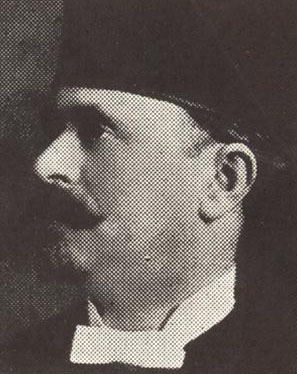 At the close of the 19th century American cantors were presented with the unique opportunity to step away from live performance in the synagogue and into a new world of recorded sound. The American Yiddish press featured advertisements for phonographs which outnumbered ads for pianos. Prof .Jeffrey Shandler wrote, in his book, Jews, God and Videotape: Religion and Media in America (NYU Press, 2009), that phonographs were “the epitome of domestic refinement for many immigrants during in the 1910s and ‘20s.”
At the close of the 19th century American cantors were presented with the unique opportunity to step away from live performance in the synagogue and into a new world of recorded sound. The American Yiddish press featured advertisements for phonographs which outnumbered ads for pianos. Prof .Jeffrey Shandler wrote, in his book, Jews, God and Videotape: Religion and Media in America (NYU Press, 2009), that phonographs were “the epitome of domestic refinement for many immigrants during in the 1910s and ‘20s.”
Cantor Meyer Kanewsky was an early pioneer in the use of phonograph recordings to popularize his music. Unlike the synagogue service, recordings allowed Cantors to be accompanied by music, be featured above the choir and to showcase their talents singing non-sacred songs.
Some cantors who wanted to demonstrate musical range in their recordings, actually used different names when recording different types of music. Best known for this approach is Cantor Meyer Kanewsky, who recorded khazones under the name Rev. Meyer Kanewsky; Ukrainian songs under the name M. Mironenko; Yiddish songs as M. Guttman (or Gutmann); Yiddish, Russian, and Ukrainian songs as M. Kanewski; some khazones and some songs in Ukrainian, Russian, Yiddish, and Hebrew as M. Kanewsky or Meyer Kanewsky; and Russian songs as M. Kanewsky-Katz.
He also made recordings as part of a male vocal quartet singing with orchestra known the Palamak Quartet. This talented, eclectic and prolific performer also recorded with Elenkrig’s Klezmer Orchestra.
These recordings were produced prior to 1923 and are in the public domain.






















